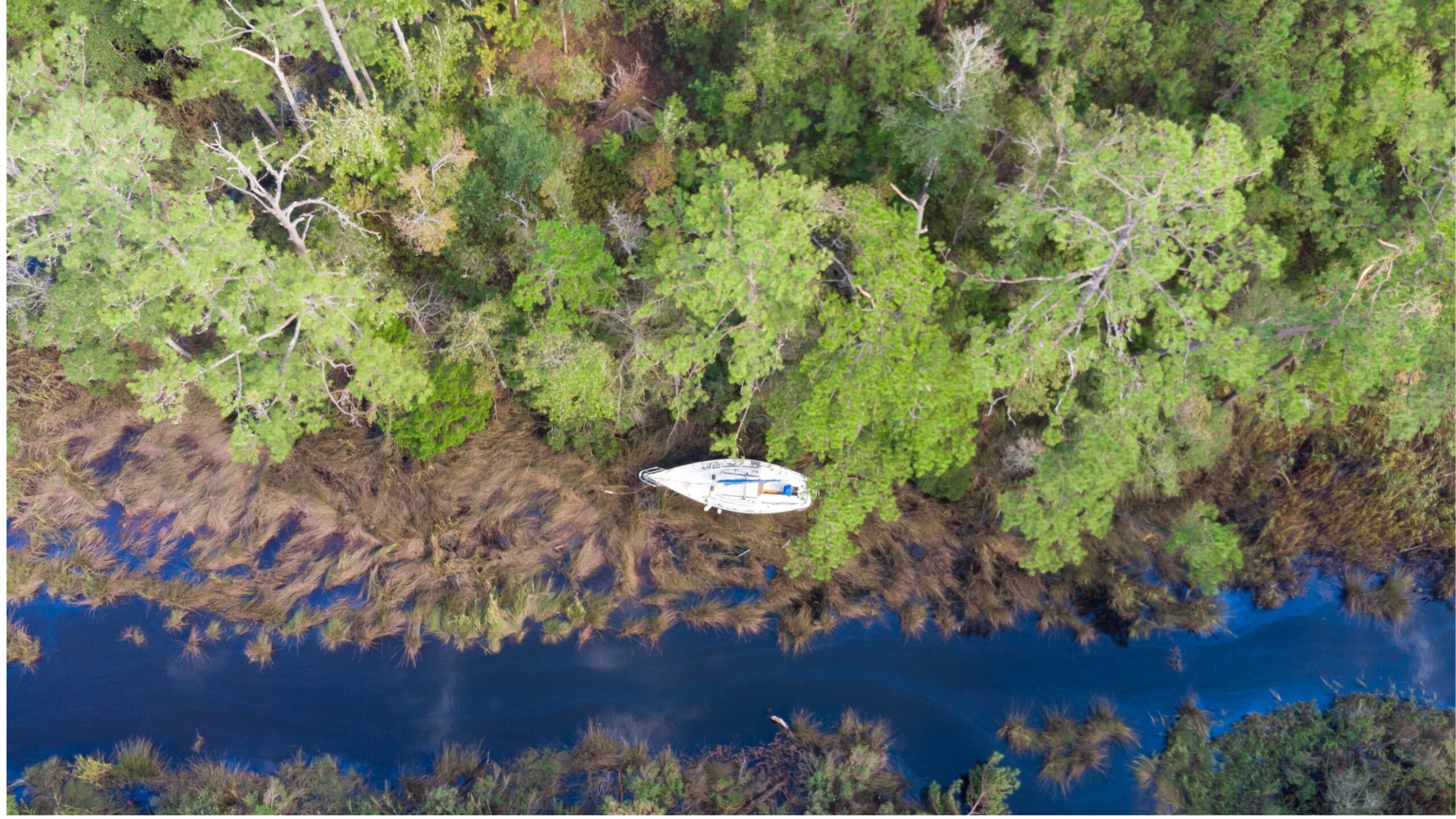Beach Season to Focus on Rip Current Safety
FOR IMMEDIATE RELEASE
Contact:
Katie Mosher, 919-270-4962, kmosher@ncsu.edu
Posted Monday, May 19, 2014

As Memorial Day approaches, a busy beach season is on the horizon. So, too, is National Rip Current Awareness Week that kicks off June 1 and runs through June 7.
Designated by the National Oceanic and Atmospheric Association and the U.S. Lifesaving Association, the week promotes educational programs about rip currents — and how to stay safe while enjoying our beautiful beaches. Partners in North Carolina include local lifeguards, North Carolina Sea Grant, National Weather Service forecast offices and beach communities.
Steven Pfaff of the NWS Wilmington office reports at least seven fatalities were due to rip currents along the North Carolina coast in 2013. Since 2000, NWS has identified a total of at least 56 rip current deaths in the state. USLA notes that about 80 percent of all ocean rescues are related to rip currents.
A rip current is a strong current that moves away from the shore. Rip currents can often be identified as a flat spot between breaking waves that can last minutes or months. Here are some safety tips:
- If you are planning to swim in the ocean, look for a location with lifeguards.
- If you are caught in a rip current, do not panic. If able, alert those on shore of your problem, then swim parallel to the shore to get clear of the rip current.
- If you are on shore and see someone in distress, alert lifeguards and call 911. If you go in the water, take flotation devices for yourself and the person or persons caught in the rip.
“If people know what to do if they are caught in a rip current, they are more likely to protect themselves and continue to have a good day at the beach,” says Spencer Rogers, coastal construction and erosion specialist for North Carolina Sea Grant. This summer Rogers will expand his research on rip currents using small drifters to collect data.
The Newport/Morehead City NWS office will continue to be among selected sites for testing of a Beach Hazards Statement that is highlighted online much like a storm or flood warning. The Beach Hazards Statement serves to alert beachgoers of the various hazards in the surf zone, such as rip currents, dangerous shore breaks, and longshore currents, explains Tom Lonka of the NWS office in Newport/Morehead City.
North Carolina partners continue to promote rip current safety by posting signs and magnets, sharing daily rip current outlooks from NWS offices in Newport/Morehead City and Wilmington, N.C., and Wakefield, Va., and online safety materials via the NWS portal at ripcurrents.noaa.gov.
This year, that is expected to include new partnerships to bring safety messages to audiences at movie theaters in Dare County. Also, the National Park Service is being assisted by Hyde County government and the Outer Banks Visitors Bureau to fund lifeguards at three locations on the Cape Hatteras National Seashore this summer.
Magnets and signs with the Break the Grip of the Rip national safety message are available from North Carolina Sea Grant. Last year, more than 14,500 items were distributed. Pricing is available online at ncseagrant.ncsu.edu, then search for rip currents. For individual orders, call 919-515-9101. Communities, vacation rental firms and others with bulk orders also can call 910-962-2490. Download the rip current poster here.
##
NOTE TO EDITORS: This summer, Spencer Rogers from North Carolina Sea Grant will host Rob Brander, a coastal geomorphologist from Australia known as Dr. Rip. To request interviews and view research through the beach season, please contact Katie Mosher at 919-270-4962, kmosher@ncsu.edu; or Spencer Rogers at 910/962-2491, rogerssp@uncw.edu.
North Carolina Sea Grant: Your link to research and resources for a healthier coast
- Categories:


